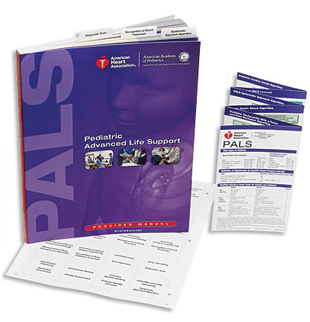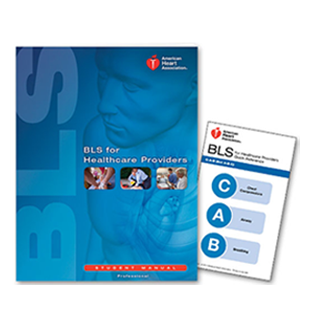Fibromyalgia
A disorder that causes muscle pain and fatigue is known as fibromyalgia. People who experience fibromyalgia have very tend points on the body. Some specific places are the neck, shoulders, back, hips, arms, and legs. If these points hurt when pressure is applied it is most likely fibromyalgia. However, fibromyalgia is often misdiagnosed and misunderstood. The most common musculoskeletal condition after osteoarthritis is fibromyalgia. There are more than twelve million Americans that have been diagnosed with fibromyalgia. Fibromyalgia is more common in women from the ages of twenty five to sixty. Women are also at a higher risk of fibromyalgia than men.
Fibromyalgia can be very painful and causes an individual to ache all over. Some of the specific points that are tender can be painful at touch. This disease can cause you to have mood disturbances, depression, lack of rest, and the body would swell. Fibromyalgia makes the muscles in your body feel like they are over worked or pulled. Your muscles may twitch, burn, or have an ACLS type stabbing pain. Fibromyalgia has many symptoms such as abdominal pain, anxiety, fatigue, and difficulty sleeping. All the symptoms can become serious if not watched and monitored. Even though fibromyalgia does not have a known cause it has been linked to stressful or traumatic events, repetitive injuries, and certain other diseases.
It is hard for fibromyalgia to be diagnosed. There are no blood tests or X-rays that will specifically point out fibromyalgia. The diagnosis of fibromyalgia is based on a physical examination and history of the patient. Doctors will point out tissue swelling and inflammation and identity the fibromyalgia. If doctors are still unsure about diagnosing fibromyalgia they may do blood test to rule out other medical problems. Some other medical conditions can mimic fibromyalgia like low thyroid hormone level, vitamin D insufficiency, parathyroid disease, bone diseases, and infectious diseases. Researchers have estimated that fibromyalgia affects about five million Americans eighteen or older. Most of those individuals usually have certain other disease that may put you at risk of fibromyalgia. If someone has rheumatoid arthritis, systemic lupus erythematosus, or ankylosing spondylitis put you at a higher risk of fibromyalgia. Fibromyalgia can also be hereditary. If a close intermediate family has fibromyalgia you are more than likely to have it yourself.
Not only is fibromyalgia hard to diagnose it is hard to treat as well. It is important that you see a doctor who is very familiar with this disease. Family physicians, general internists, and rheumatologists can treat fibromyalgia. Rheumatologists are the doctors who specialize in arthritis and other similar conditions that affect the joints, soft tissues, and muscles. When treating fibromyalgia it may take a team approach. It may take a doctor, physical therapist, and other health care providers. A good place to treat to receive treatment is a pain or rheumatology clinic. Some things you can do to help and try to make you feel better is take medicines that are prescribed, getting plenty of rest, exercising, and eating healthy.






